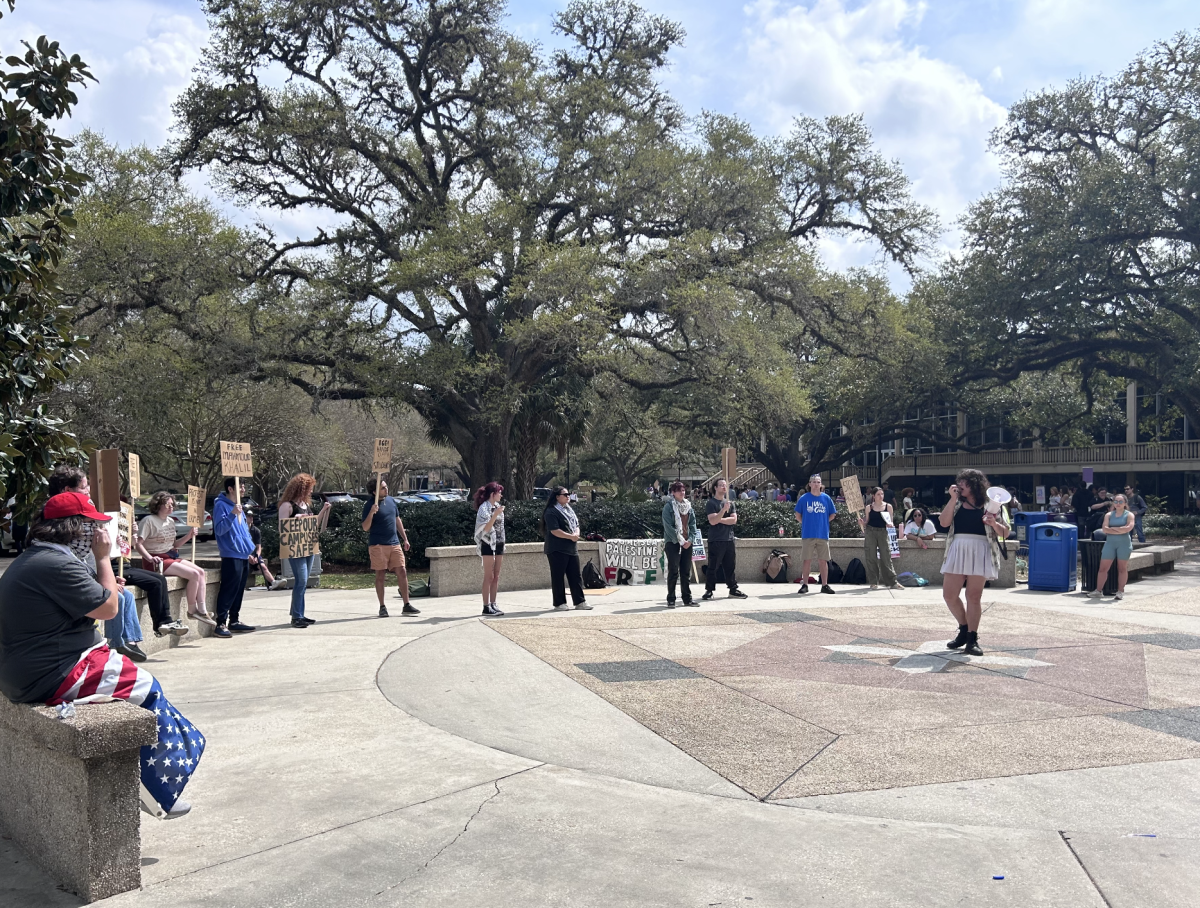The annual Banned Books Week kicked off Saturday in libraries across the nation, including Middleton Library, where the week-long celebration will spark a month-long exhibit on intellectual freedom.Peggy Chalaron, associate librarian, said Middleton observes Banned Books Week each year because it is critical to celebrate freedom from censorship, particularly as a college library.”Being on a college campus is a time to explore new ideas and oftentimes people don’t think about the fact that in some places, materials are censored,” Chalaron said. “We want to call attention to the fact that there are still attempts at censorship.”The exhibit will run through Oct. 26 in the Education Resources room of Middleton. Chalaron first experienced censorship in the ’50s when her local librarian tried to restrict her access to certain books because she was a teenager. She said she was required to present a signed note from her mother to access the books.Angela Maycock, the assistant director of the Office of Intellectual Freedom at the American Library Association, said Banned Books Week started as an awareness campaign in 1982 — before growing to a nationwide celebration.As part of Banned Books Week, the ALA highlights specific books challenged throughout the year, Maycock said. In most cases, books are not banned — they are challenged, meaning the challenger does not think other people should even have the option of reading the challenged book, she said.Among the most frequently challenged books of 2008 include: “And Tango Makes Three,” a children’s book about two male penguins; the “His Dark Materials” trilogy, including “The Golden Compass,” “The Subtle Knife” and “The Amber Spy Glass;” “The Perks of Being a Wallflower” and the “Gossip Girl” series.”That tends to sort of jolt people and say ‘Really? Someone wanted to ban that book?'” Maycock said. “It’s very easy for us to sit back and assume that this is 2009, and this is America and nobody tries to ban books. As a matter of fact, they do.”The majority of questioned books are challenged by parents requesting schools remove the books from an elementary school library, Chalaron said. “The message of banned books is not that all books have to be available to everyone,” Chalaron said. “It’s a message of choice so that people have the opportunity to look at the materials and decide for themselves whether its appropriate or not appropriate.”Michael Taylor, assistant curator of books at the Hill Memorial Library, organized an exhibit entitled Louisiana and the Freedom of the Press in conjunction with Banned Books Week in 2008. It traced the origins of censorship attempts, as well as attempts in Louisiana’s history.Taylor said the practice of placing the printer’s name at the bottom of the title page on books has roots similar to those of banned books.”Originally, printers were required to put that there, so [the government] would know who to hunt down if there was a problem,” Taylor said. If the phrase “published by authority” follows the printer’s name, Taylor said the words are indicative the book was published with authority from the government.—————Contact Lindsey Meaux at [email protected]
Banned books create awareness
September 29, 2009



